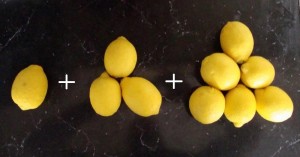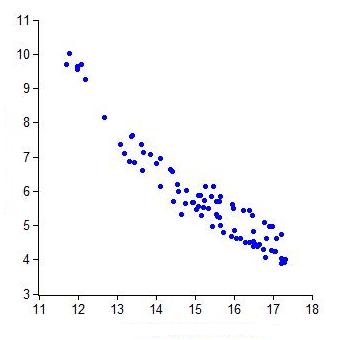Sanjay Mahajan’s Street Fighting Mathematics is a short, dense, and engaging book that explores some mathematical problem-solving techniques not typically taught in math class.
These techniques, favored by engineers and scientists who are usually more interested in the answer to a question than in the mathematical theory that gets them there, can turn seemingly intractable problems into simple ones, often just by a change in perspective.
For example, the book offers a short treatment of Feynman’s differentiating-under-the-integral approach, one of the more famous “back of the napkin” techniques. Mahajan even “guesses” the definite integral that yields the area under the bell curve, using dimensional analysis the likes of which I’ve never seen.
A “Street Fighting Mathematics” course is offered through MIT’s OpenCourseWare, which includes lectures, notes and problem sets. In addition, Mahajan has made the book available for free in PDF format.





